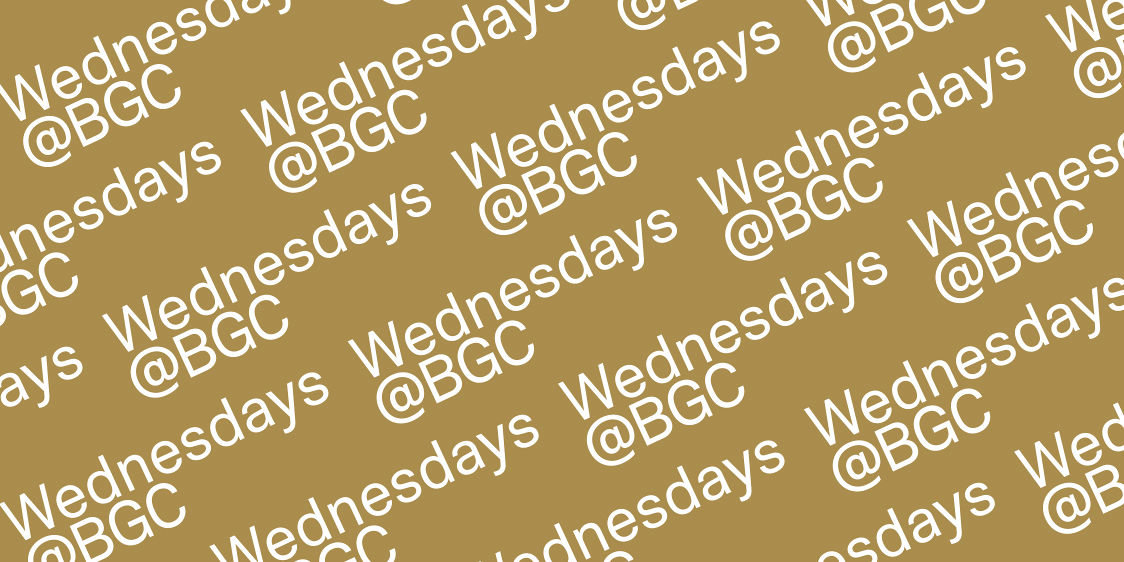









38 West 86th St.
New York, NY 10024
212.501.3000
admissions@bgc.bard.edu
18 West 86th St.
New York, NY 10024
212.501.3023
gallery@bgc.bard.edu
BGC Gallery is currently closed.
38 West 86th St.
New York, NY 10024
212.501.3000
admissions@bgc.bard.edu
18 West 86th St.
New York, NY 10024
212.501.3023
gallery@bgc.bard.edu
BGC Gallery is currently closed.
Conserving Thousands of Lost Medieval Hebrew Manuscripts
April 24, 2014
6:00 – 8:00 pm
Judith Olszowy-Schlanger and Michelle Chesner will be coming to speak at Conservation Conversations on Thursday, April 24, 2014. Their talk is entitled “Case Study in Collaboration: Conserving Thousands of Lost Medieval Hebrew Manuscripts.”
Conservation Conversations are public research dialogues pairing a conservator and a professor and exemplifying the goal of “Cultures of Conservation,” a five-year curricular initiative funded by the Andrew W. Mellon Foundation. For more information, visit http://cultures-of-conservation.wikis.bgc.bard.edu/
Michelle Chesner is the Norman E. Alexander Librarian for Jewish Studies at Columbia University. She received a BA in History from the University of Maryland, Baltimore County, an MA in Hebrew and Judaic Studies from New York University, and an MLIS with a Certificate in Rare Books and Special Collections from Long Island University. Prior to her current position, she was the Judaica Public Services Librarian and Archivist at the Katz Center for Advanced Judaic Studies at the University of Pennsylvania. Her most recent exhibition at the Columbia University Library was “The People in the Books: Hebrew Manuscripts from Columbia University Libraries” (September 2012-January 2013).
Written modes of communication shaped institutions and had lasting influence on Jewish religious, cultural, and economic life in medieval Europe. The main tangible monuments of the Jewish past, books and documents, however, have had an eventful history, and only a small proportion of the manuscripts written in the Middle Ages are still in existence. An unprecedented source is the fragments of medieval manuscripts preserved by chance in book bindings and wrappers of notarial files to be found in various libraries, archives, museums and collections across Europe. Once out of use, either worn out by usage and time, or as victims of planned confiscations and destruction, medieval Hebrew manuscripts had sometimes ‘a second life’ as recycled material for the production and protection of other books. The parchment and, more rarely, paper sheets from old manuscripts were commonly sold at the market and used by medieval and early modern bookbinders to cover other volumes, to make the flyleaves and protective linings between the binding and the book itself, to manufacture cardboard “files” to sort out documents and legal acts or, cut into narrow stripes, to protect the new parchment from tear in the fragile places where the sheets are stitched together.
Light refreshments will be served at 5:45 pm. The
presentations will begin at 6:00 pm.
RSVP is required.
PLEASE NOTE that our Lecture Hall can only accommodate
a limited number of people, so please come early if you would like to have a
seat in the main room. Registrants who arrive late may be seated in an overflow
viewing area.
To join the discussion remotely via Twitter, either with
questions or comments, please use the Twitter hashtag #BardGradCenterTV. During
the seminar, the faculty convener will review this feed and ask the speakers
questions drawn from Twitter.
38 West 86th St.
New York, NY 10024
212.501.3000
admissions@bgc.bard.edu
18 West 86th St.
New York, NY 10024
212.501.3023
gallery@bgc.bard.edu
BGC Gallery is currently closed.
